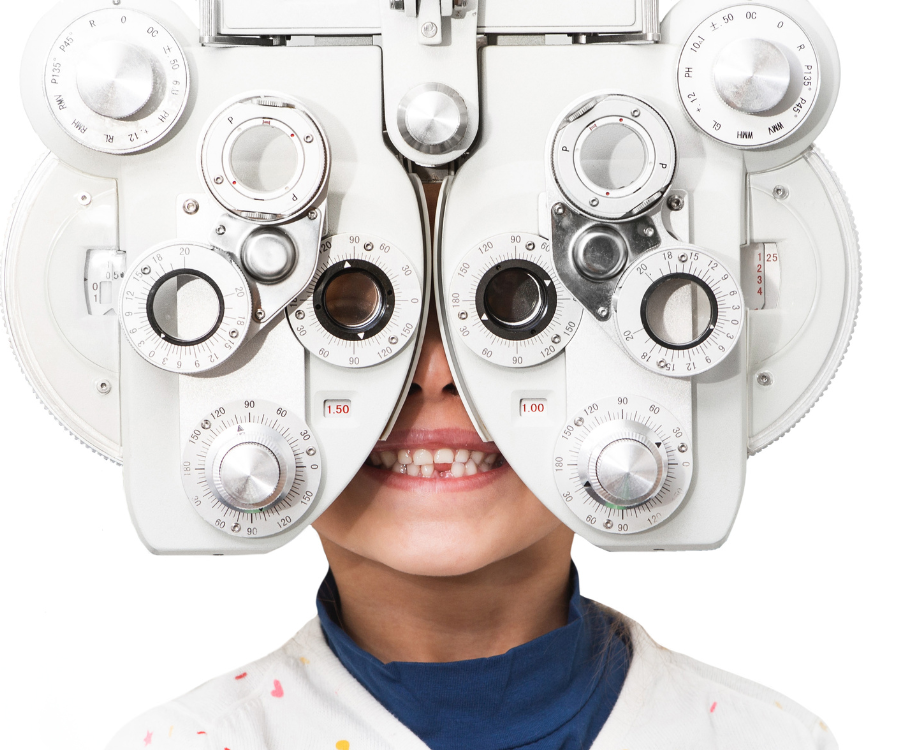Ever wondered what happens behind the scenes during an eye exam? It might seem like a simple eye chart and a puff of air, but optometrists use a fascinating array of tools and techniques to assess your eye health and vision. Let’s take a peek through the looking glass and unveil the interesting process of an eye exam!
Sharpening Your Focus: The Visual Acuity Test
The classic eye chart, friend or foe? This trusty tool, often a Snellen chart, measures your visual acuity, or how clearly you see at various distances. It’s like playing a guessing game, but with letters instead of prizes. Covering one eye at a time, you’ll identify the smallest letters you can read, helping the optometrist gauge if you might need glasses or contact lenses.
Playing with Light: Refraction and Retinoscopy
Ever wondered how the optometrist finds your perfect prescription? This is where refraction and retinoscopy come in. During refraction, you might be presented with a phoropter, a contraption with various lenses. The optometrist will strategically switch lenses while you view a target, like a light or letters. This helps them determine the lens power that brings objects into sharp focus for you.
Retinoscopy is another technique that uses light to assess your refractive error. The optometrist shines a light into your eye and observes how the light reflects off your retina. Based on this reflection pattern, they can estimate your prescription, which is then further refined during refraction.
Illuminating the Interior: Slit Lamp Examination
Think of the slit lamp as a high-powered microscope for your eye. This instrument shines a thin beam of light onto your eye, allowing the optometrist to examine the cornea, iris, lens, and other internal structures in great detail. It’s like looking at a miniature world inside your eye, helping to detect any abnormalities or signs of eye disease like cataracts or glaucoma.
Tonometry: Feeling the Pressure
This might sound intimidating, but tonometry is a painless test that measures the pressure inside your eye. Increased pressure can be an indicator of glaucoma, a condition that can damage the optic nerve. There are different methods of tonometry, some using a gentle puff of air, while others employ a light touch with a small probe.
Beyond the Basics: Additional Tests
Depending on your needs, the optometrist might perform additional tests. These could include a color vision test to assess your ability to perceive different colors, a visual field test to map your peripheral vision, or even tests to assess your eye teaming and focusing abilities.
The Key Takeaway
An eye exam is much more than just a vision check. It’s a comprehensive assessment of your eye health, providing valuable insights into your overall well-being. So, the next time you schedule an eye exam, remember, it’s an interesting journey of discovery through the wonders of your own vision!

